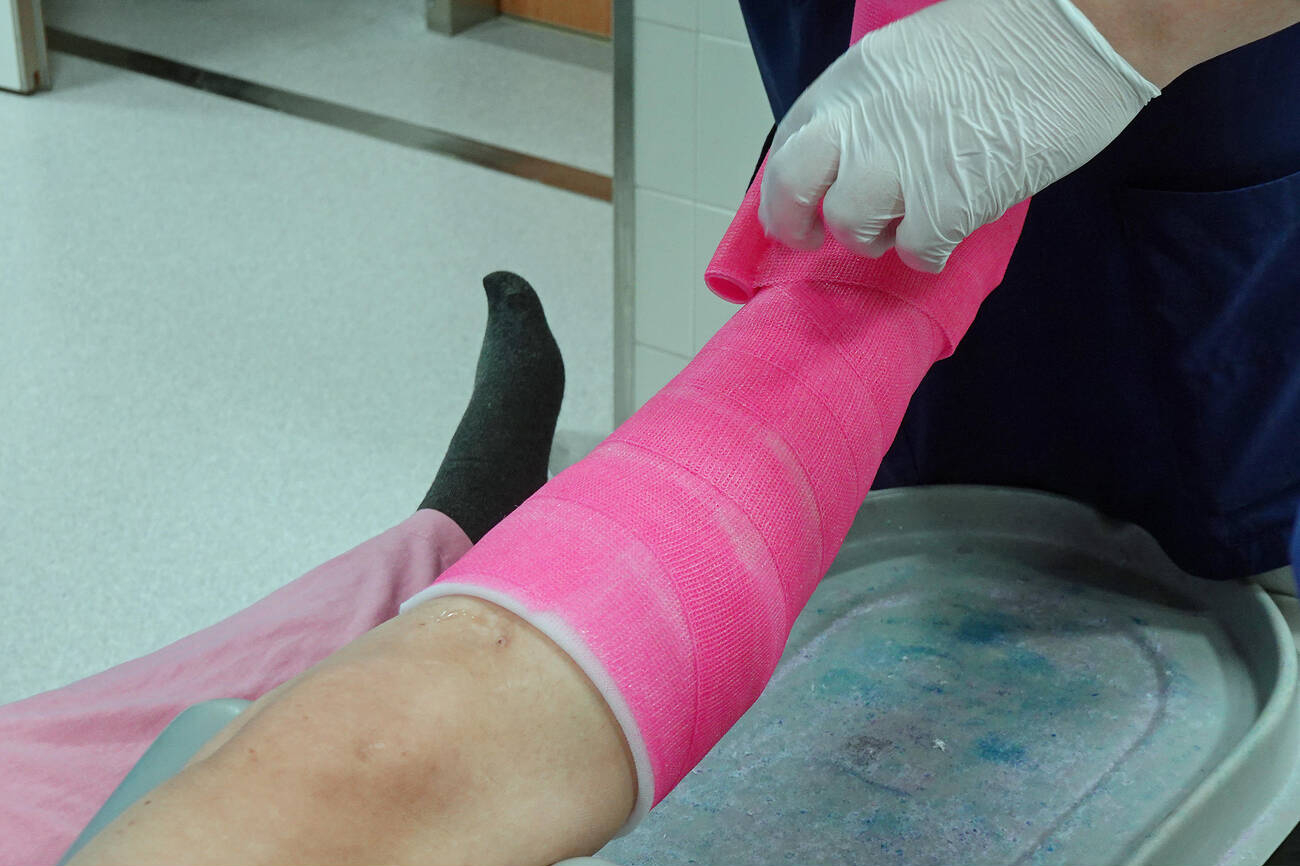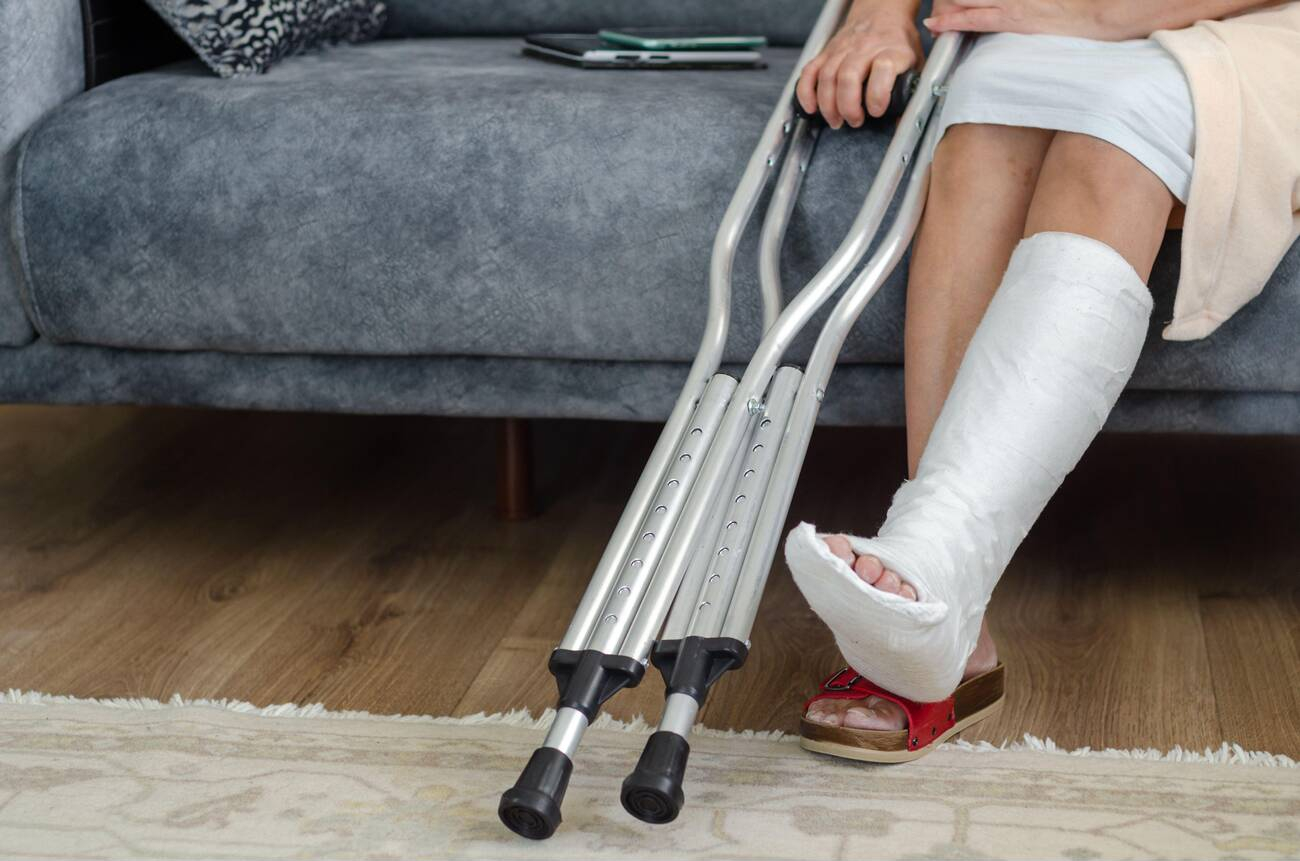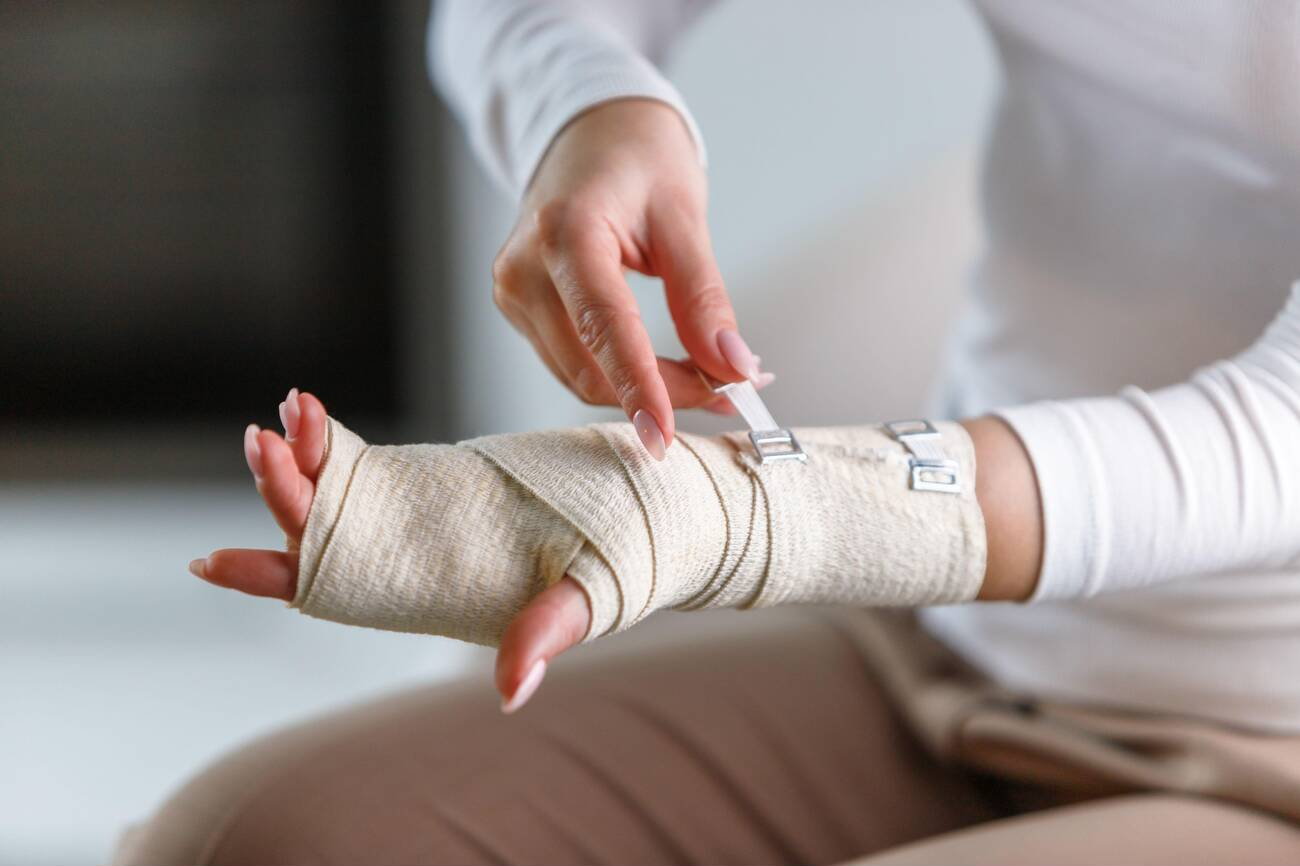Trauma Management in Delhi (Fracture Fixation)
Trauma Management in Delhi with Dr. Neelabh provides prompt assessment, precise fracture fixation, advanced pain control, and a structured rehab plan—so you can return to safe movement as early as possible.
Serving patients across Delhi & NCR (Naraina, Pusa Road, East Patel Nagar, and more)

Prompt assessment
Triage, pain control, imaging, and stabilisation to protect bone, nerve, and vessel health.
Advanced fixation
ORIF plating, intramedullary nailing, external fixation, and percutaneous pinning as indicated.
Clear plan
Step‑by‑step guidance from immobilisation to full recovery.
Rehab & follow‑up
Targeted physiotherapy and milestone‑based review to minimise stiffness and re‑injury.
What is Trauma Management in Delhi?
Orthopaedic trauma management is the rapid diagnosis, stabilisation, and definitive treatment of broken bones and joint injuries. Depending on the pattern and severity, treatment may be non‑operative (casts/splints, functional bracing) or operative using Fracture Fixation in Delhi techniques such as plates and screws (ORIF), intramedullary nails, external fixators, or percutaneous pinning.
Our approach emphasises early safe mobilisation, protection of soft tissues and blood supply, and a rehabilitation plan matched to your work, sport, and home needs.

Injuries We Treat
Upper limb
Clavicle, shoulder, humerus, elbow, forearm, wrist, and hand fractures; dislocations and tendon injuries.
Lower limb
Hip, femur, knee, tibia/fibula, ankle, and foot fractures; ligament injuries and dislocations.
Peri‑articular & complex
Intra‑articular fractures, open fractures, multi‑fragment injuries, and nonunion/malunion corrections.
Fragility & paediatric
Osteoporotic fractures in older adults and growth‑plate injuries in children with family‑centred care.
Patients seeking Trauma Management in Delhi benefit from a clear pathway—from first aid to full function.
Types of Fracture Fixation
Non‑operative care
Casts, splints, braces, and functional therapy when alignment and stability allow safe healing.
Closed reduction & pinning
Percutaneous K‑wires/screws through tiny incisions for select wrist, hand, ankle, and paediatric fractures.
ORIF (plates & screws)
Open Reduction and Internal Fixation restores alignment and joint surface for displaced, unstable, or intra‑articular fractures.
Intramedullary nailing
Load‑sharing nails for femur and tibia enable early weight‑bearing in many cases.
External fixation
Frame stabilisation for open injuries, severe swelling, or polytrauma; may be staged before definitive fixation.
Arthroplasty for fracture
Joint replacement in select hip/shoulder fractures when reconstruction won’t reliably restore function.
Emergency Care & First Aid
- Pain control, bleeding control, and limb support with splints/slings.
- Neurovascular checks to protect nerve and vessel function.
- X‑ray/CT as indicated; reduction of dislocations without delay.
- Tetanus update and antibiotics for open wounds.
- Staged management for high‑energy injuries and swelling.
If you suspect a fracture or dislocation, avoid eating/drinking until assessed—surgery may be needed.

How Fracture Surgery is Performed
- Anaesthesia & positioning: Regional or general anaesthesia; careful padding and sterile prep.
- Reduction: Bone fragments are aligned by closed or open methods under imaging guidance.
- Fixation: Plates/screws, intramedullary nails, or external fixators stabilise the fracture.
- Verification: X‑rays check alignment, rotation, and implant position; soft tissues protected.
- Closure & plan: Wound closed; dressing, pain control, and mobilisation milestones set.
Weight‑bearing rules
Guided by fracture type and fixation stability—ranging from toe‑touch to full weight‑bearing.
Infection prevention
Antibiotics, meticulous technique, wound care education, and early follow‑up.
Complication watch
We monitor for clots, stiffness, nonunion, malunion, and hardware issues with timely interventions.
Recovery & Rehabilitation
- Week 0–2: Swelling control, wound care, protected motion as advised; early quadriceps/hand exercises.
- Week 3–6: Gradual range‑of‑motion and isometrics; partial weight‑bearing if permitted.
- Week 6–12: Progressive strengthening; return to desk work or light duties.
- Month 3–6+: Advance to full activities when healed on X‑ray and clinically stable.
Rehab pacing varies by injury pattern, bone quality, and fixation choice after Trauma Management in Delhi.

Where to Consult Dr. Neelabh
BLK Hospital
A-4-6, Pusa Rd, Near Rajendra Place Metro Station, New Delhi-110005
🕓 4:00 PM – 6:00 PM
Timings can vary on holidays and surgery days—please call +91-9810117204 to confirm.
Cost & Insurance
Costs depend on injury pattern, implant choice, facility and anaesthesia fees, and coverage. We verify benefits and provide a transparent estimate before scheduling Fracture Fixation in Delhi.
- Insurance pre‑authorisation & benefits check
- Clear estimate of out‑of‑pocket costs
- Cashless/financing options where applicable

Frequently Asked Questions
Do all fractures need surgery?
How soon should I be treated?
How long before I can walk or use my arm?
What are the main risks?
Will implants need removal?
When can I drive or return to work?
Need expert trauma care?
Get a personalised plan for safe, stable healing and a faster return to activity.
